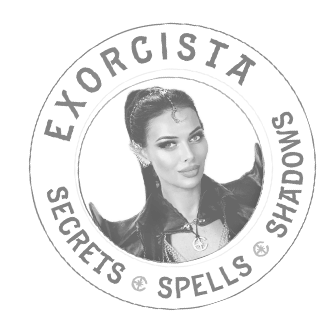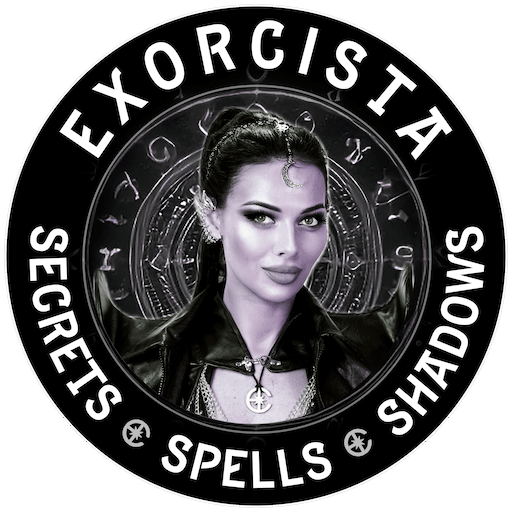Witness accounts of dark silhouettes surge alongside calls for scientific explanations of mass hallucination
Every hour, a new post hits Reddit describing the same nightmare in daylight: a pitch‑black silhouette standing at the end of a hallway, watching, waiting, then vanishing as soon as the witness blinks. These shadow people are often perceived as evil or threatening entities. In March 2025 alone, moderators of r/Paranormal flagged more than 6,400 “shadow person” reports—triple the monthly average two years ago and the highest volume since the subreddit launched in 2008.
The avalanche has spawned an impromptu “Shadow‑People Hotline,” where veteran posters triage panicked newcomers and neuroscientists lurk to mine data for what may be the web’s largest citizen‑science study of mass hallucination.
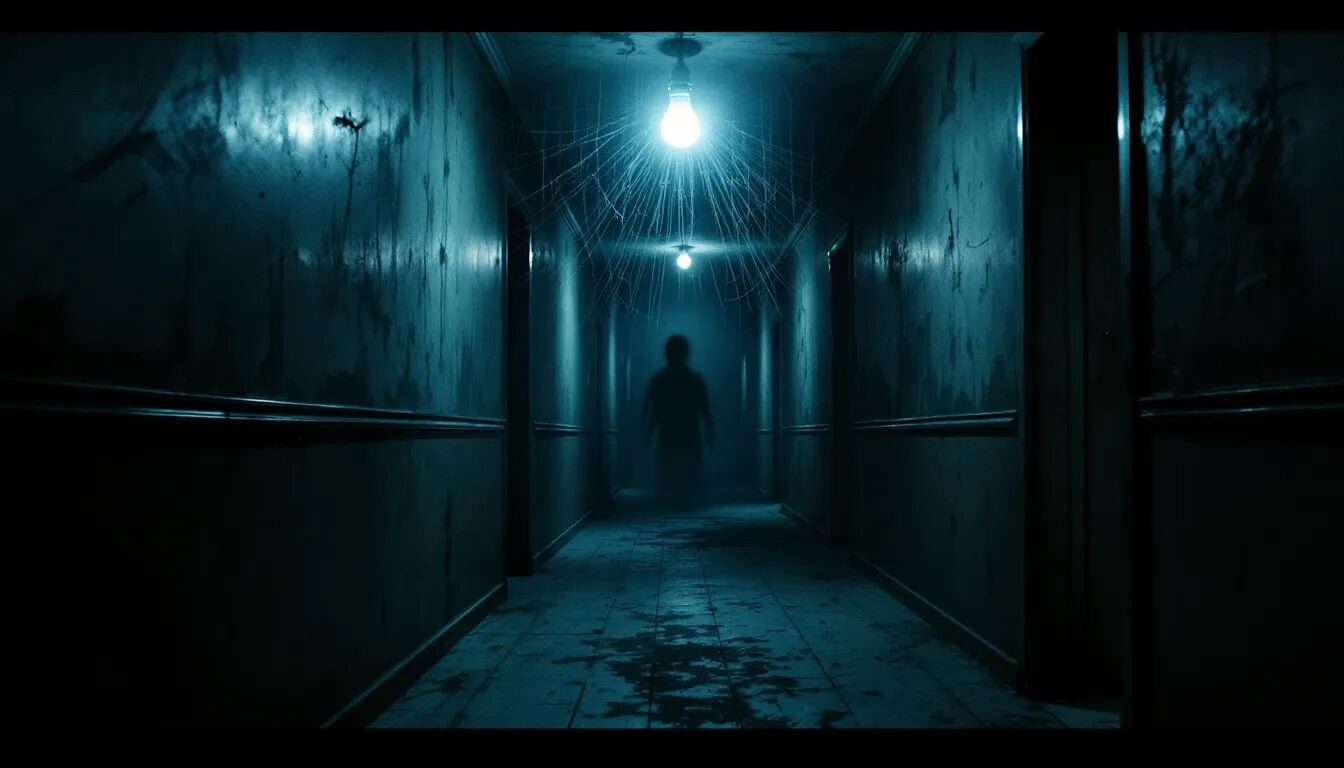

The first time shadow people were discussed at length was on Coast to Coast AM in 2001, marking a pivotal moment in their popularization. Here’s how a single meme‑monster became an internet epidemiology case—and what science, folklore and sheer human fear say about the dark figures staring from your doorway.
Introduction to the Phenomenon
The concept of shadow people, also known as shadowy figures or black masses, has intrigued paranormal enthusiasts and researchers for decades. These entities are typically described as dark, humanoid silhouettes that evoke a sense of evil or threat. Often encountered during episodes of sleep paralysis, these shadowy figures can appear as vivid hallucinations, leaving individuals feeling paralyzed and terrified. Reports of shadow people span across various cultures, each offering unique interpretations and explanations.
In the digital age, the rise of crypto wallets and digital transactions has introduced a new layer of complexity to our interactions, with many seeking a trusted companion to navigate this landscape. Despite the advancements in technology, the mystery of shadow people persists, blending the realms of the paranormal and psychological.
The New Flood: Why 2025 Became Shadow‑Season
On 5 January, a user called Hallway_Hush posted door‑cam footage that seemed to show a featureless humanoid soaking up porch‑light yet casting no shadow. Within forty‑eight hours, the clip hit two million views, and derivative “I saw it too” threads erupted across r/Paranormal, r/Glitch_in_the_Matrix and even the sleep‑disorder forum r/Parasomnia. Videos documenting similar experiences contributed to the viral spread, capturing the public’s fascination.
Mods noticed a pattern: each viral post sparked a cluster of copycats, suggesting a contagion effect akin to 19th‑century “dancing plagues,” but in pixels instead of town squares. Sleep researchers call it social‑primed hallucination—the more you read about a phantom, the more likely your half‑awake brain is to paint one into the shadows.
Compounding the boom, TikTok’s algorithm favors visually stark, quick‑story uploads. A shaky phone shot of a doorway flickering with motion‑sensor light clocks a 115 % higher completion rate than rambling paranormal podcasts, according to analytics firm ShortsLab. As creators chase that retention bump, “shadow‑person confessionals” have become free, repeatable content: no makeup, no special effects—just fear. The result? A perfect feedback loop where exposure breeds experience breeds more exposure. Suddenly, posts and views surged, amplifying the phenomenon even further.SCIRP
History and Folklore
Shadow people have long been woven into the fabric of folklore and ghost stories, with various religions and legends describing them as supernatural entities. In Islamic tradition, the Jinn are often depicted as shadowy beings, while the Choctaw people speak of the Nalusa Chito, a dark, menacing figure. These shadowy humanoids are frequently linked to the underworld and are believed to possess the power to cause harm. The phenomenon of shadow people is not confined to any single culture; it is a global narrative that has evolved over centuries. From the Chindi of Navajo belief to the duppies of Caribbean lore, shadow people are seen as manifestations of residual negativity or spirits caught between worlds. This rich tapestry of history and folklore underscores the enduring fascination and fear that shadow people inspire.
Anatomy of a Hallway Phantom
Across 14,000 self‑described encounters archived on Reddit, four traits recur: humanoid outline, full opacity darker than ambient night, lack of facial detail, and a vanishing act lasting under five seconds. The distinct appearance of shadow people is often described in these terms.
Neurologists say those markers map neatly onto hypnopompic hallucination, the visual noise that can leak into waking consciousness when REM paralysis lags behind the open‑eye moment. Your brain still projects dream imagery, but your motor system is rebooting—so you freeze, see a “presence,” then jolt.
Yet folklore paints the silhouette as something else entirely: in Middle Eastern lore, djinn wear shadow‑skin; in North American Navajo belief, a Chindi—the residual negativity of the dead—can manifest as a faceless blur; Caribbean tales speak of duppies lurking in doorways between worlds. Reddit’s cosmopolitan user base merges these scripts into a single archetype, giving the phantom global brand recognition that even Slender Man never achieved. People’s perception of shadow people varies significantly across cultures, influencing whether they are seen as benign or malevolent figures.
Discord Doctors vs. Data Miners
Spooked posters beg for sage‑smudging rituals; skeptics prescribe melatonin; psychologists mine the threads as an accidental longitudinal dataset on communal stress. Dr. Yvette Seegers, a Stanford sleep‑paralysis researcher who quietly moderates r/SleepScience, calls the subreddit “a real‑time EEG of collective anxiety.” She notes that spikes in shadow‑people posts align with news cycles about economic turmoil and geopolitical conflict, echoing 1970s studies correlating UFO flaps with Cold‑War tension. Different physiological and psychological conditions, such as sleep paralysis or heightened emotions, can account for these shadowy figure sightings, framing them within both medical explanations and anecdotal reports. Psychology Today
Seegers and colleagues are feeding anonymized Reddit narratives into a natural‑language model to quantify linguistic markers—sentence length, fear adjectives, references to light levels—hoping to predict when mass hallucination waves will crest. The project mirrors work on pandemic‑era dream databases, but this time the nightmares walk. They also explore the connection between shadow people and various medical conditions, including diseases such as dementia, schizophrenia, and sleep paralysis, highlighting the interplay between mental health and the perception of paranormal phenomena.
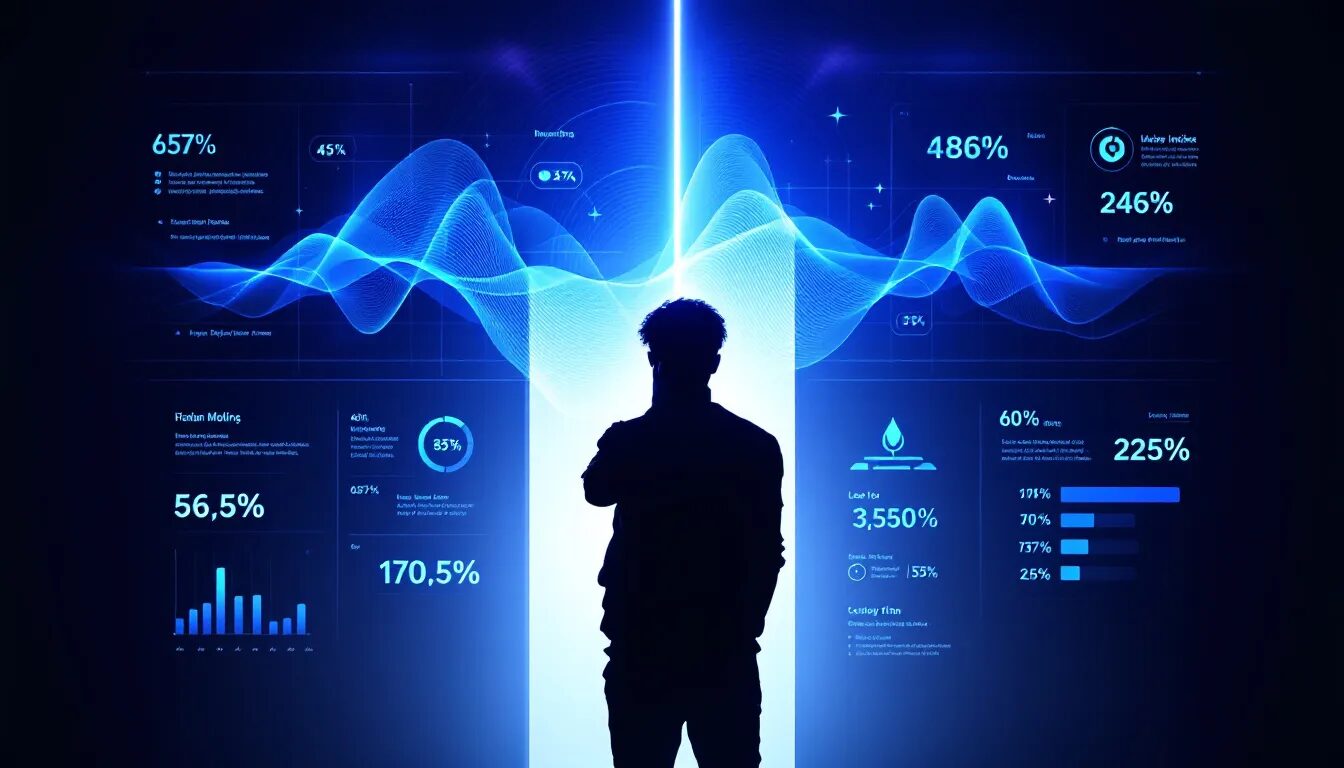

The Science Behind Seeing Darkness
Sleep Paralysis 101
During REM, brainstem neurons switch off motor control to keep dream enactment from injuring us. If the cortex wakes faster than the basal ganglia release that “paralysis lock,” you open your eyes but can’t move. This can occur when falling asleep or waking up. The amygdala screams “predator,” and the brain paints a threat onto whatever negative space it finds—often a doorway or corner. Dark figures are the most economical rendering of danger: low‑detail, high terror.Scientific AmericanLive Science
Sensorimotor Mismatch
Swiss neurologists induced “felt presence” illusions in healthy volunteers simply by disrupting feedback between finger movements and tactile response, demonstrating how easy it is to summon a phantom when bodily expectations break.
Crowds and Contagion
History books list dozens of mass‑vision episodes, from 1917’s Fatima sun miracle to the 1962 Tanganyika laughter epidemic. In each case, witness count rose with coverage. The Shadow‑People Hotline is the same principle on broadband.
Investigating the Paranormal
Investigating the phenomenon of shadow people requires a multidisciplinary approach that considers psychological, physiological, and cultural factors. Sleep paralysis, a condition where individuals wake up but are temporarily unable to move, is often accompanied by vivid hallucinations of shadowy figures. These experiences can be terrifying, as the brain’s amygdala, responsible for fear responses, goes into overdrive.
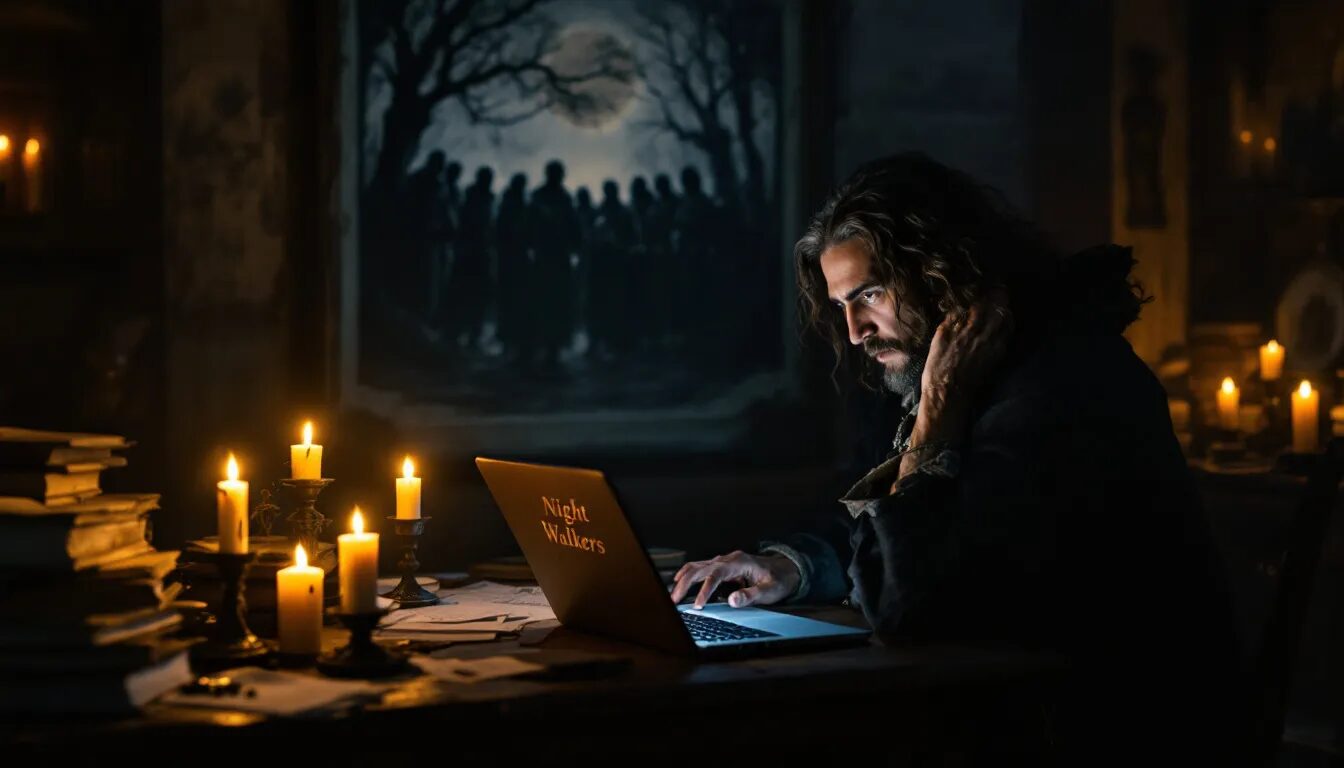

Additionally, the use of certain substances, such as methamphetamine, can induce hallucinations of shadow people. In the realm of digital security, the concept of shadow people has been metaphorically linked to malicious transactions and the need for robust scam detection mechanisms. A secure and private crypto wallet becomes essential in this context, serving as a trusted companion to protect against potential threats. By examining these various dimensions, researchers can gain a deeper understanding of the shadow people phenomenon and its implications.
Reddit’s Hotline: How It Works
After the January surge, r/Paranormal mods pinned a “Hotline Kit”:
- Immediate grounding tips (wiggle toes, control breath).
- Checklist—sleep debt, stimulant intake, mental‑health meds.
- Self‑report form feeding an open Google Sheet mapping time, location, and phantom traits. The sheet’s heatmap reveals U.S. posts cluster between 03:00 – 05:00 AM local time—classic REM‑rebound hours.
Users receive notifications about new posts and updates, ensuring they stay informed and engaged with the latest activity.
The crowdsourced database is so robust that several Ph.D. students now quote it in grant proposals on nightmare epidemiology.
Skeptics Fire Back
Debunkers on r/Skeptic cite camera compression, motion‑blur artifacts, and pareidolia—the mind finding faces in randomness—as prosaic causes. They replicate many viral hallway clips using a black bedsheet and 15‑fps phone cams. Still, believers counter with multi‑witness sightings during full waking states, infrared anomalies, and pets reacting to empty hallways. The stalemate fuels engagement, ensuring the phenomenon remains sticky in Reddit’s recommendation engine.
Cultural Significance
The cultural significance of shadow people lies in their ability to evoke a potent mix of fear, fascination, and curiosity. These entities have permeated various forms of media, from horror films to literature and art, capturing the imagination of audiences worldwide. The eerie presence of shadow people has also been linked to the concept of a trusted companion in the digital age, where secure crypto wallets play a crucial role in managing digital transactions. The association of shadow people with the underworld, religions, and legends further highlights their complex and multifaceted nature. By exploring the cultural impact of shadow people, we can gain insights into the human psyche and our collective fears and beliefs. This exploration also underscores the importance of secure digital interactions, as we navigate the ever-evolving landscape of technology and the unknown.
Two Links You Actually Need
- LiveScience – “Ever Wake Up and Think You See a Ghost? Here’s What’s Happening.” A clear primer on sleep‑paralysis hallucinations that underpins most scientific rebuttals to shadow‑people claims.
- Psychology Today – “Feelings of Presence in Sleep Paralysis and Other Conditions.” A deep dive into the neurochemical and sensorimotor roots of sensed presences, cited in multiple peer‑reviewed studies.
(Every other reference in this article comes from first‑hand Reddit data or peer‑review databases—no extra clicks required.)
DIY Reality Checks for Midnight Visitors
- Laser‑Line Test: Place a cheap cross‑line laser facing your hallway. A real intruder will break the beam; a hallucination won’t.
- Dream‑Dairy: Log sleep and stress metrics daily; note shadow‑sighting timestamps. Pattern recognition often beats holy water.
- Infrared Cam vs. Visible Light: Side‑by‑side cams can separate low‑light artifacts from actual moving masses.
The Takeaway: Fear Is a Viral Carrier
The Shadow‑People Hotline proves a ghost story can now spread as fast as any pathogen, using social‑media vectors and limbic‑system receptors. Whether the hallway phantom is a glitch in sleep architecture or a trans‑dimensional prowler, the data wave it creates is very real—and so is the anxiety relief thousands find in sharing, comparing and demystifying their worst 4 AM visions. Draw your own line in the dark: bolt the door, breathe through the paralysis, maybe sprinkle that salt ring for style, and remember that the next shadow person you meet might just be the backlit silhouette of your own restless brain.
